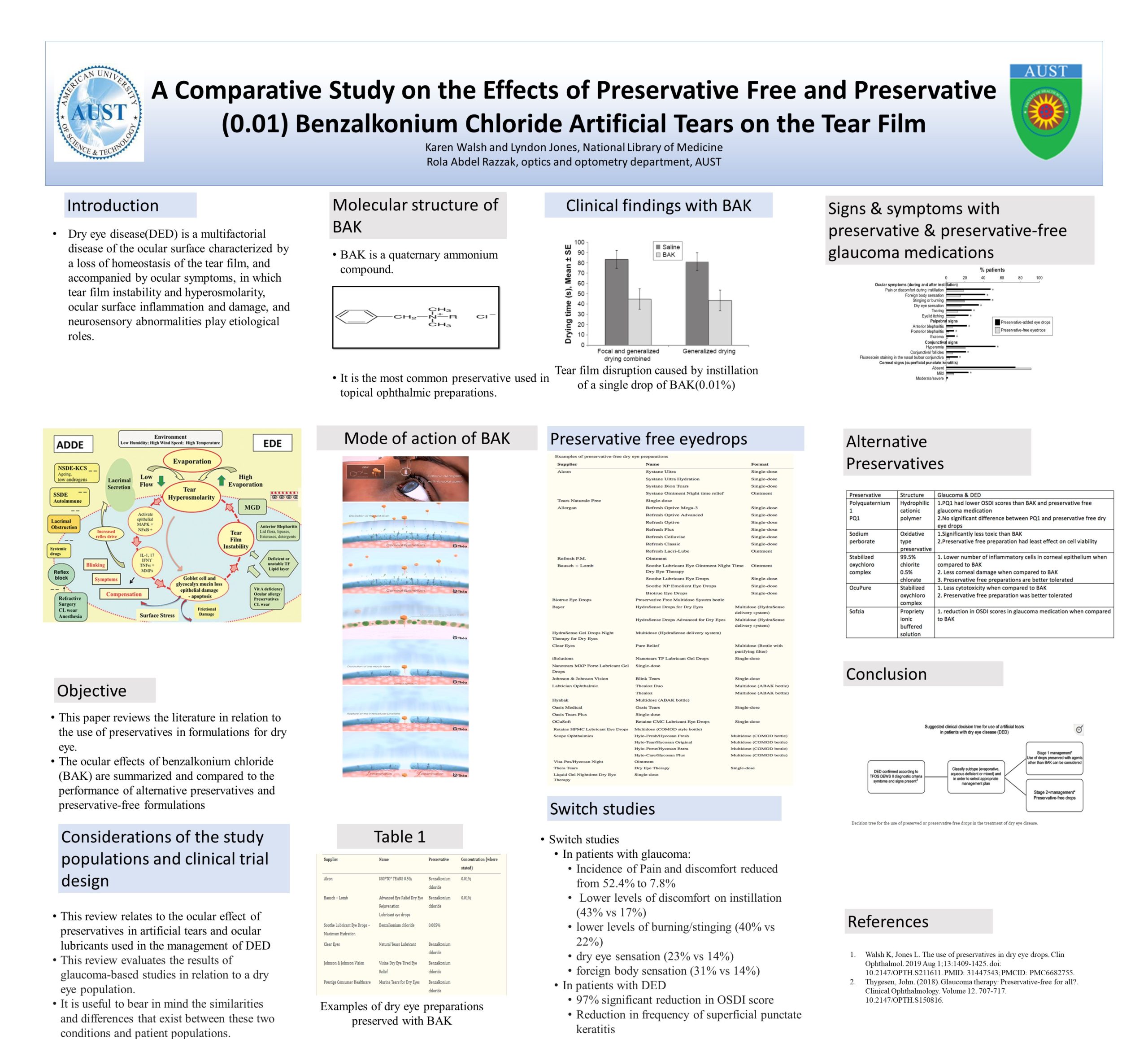Gaining Admiration From Followers Using Charismatic Leadership Style
A study that used eye-tracking technology mounted on 18 Dutch participants watching 42 short clips of meetings between people working in an automotive company, revealed that people direct their attention towards emergent leaders attracted by their leadership skills rather than their physical appearance. This brings forward the notion of charismatic leadership style distinguishing people who emerge as leaders from people who prefer sitting back and not taking responsibilities.
The charismatic leadership style is characterized by a highly effective approach to take the best work out of people, know how to motivate and encourage people to do things, and formulate the impossible into a possible equation. As optometrists find themselves moving forward in their careers as practice owners and team leaders they come across different approaches that coincide with their traits and personalities and deem to be effective in adopting and applying as well as overtime worth being refined. Leaders with strong communication skills find it easy to adopt a charismatic leadership style. They top their communication skills with persuasiveness and a little bit of charm to impose their conviction about their love for the work on others around them and easily get the most out of them.
Very similar to the transformational leadership style, however a charismatic leader uses motivation and intellectual stimulation instead of fear to empower his followers to do their best work. No doubt risk-taking is among the most relevant traits of charismatic leaders, they have personal behavioral characteristics like vision and determination, however their self-confidence to communicate those characteristics to their followers inspires them to give their best.
To become good charismatic leaders, optometrists and team leaders should always focus on strong motivating factors that yield results, encourage positive change, focus on achieving the goals of the practice, encourage collaborative work, treat mistakes as opportunities to learn, stay humble, beware of self-sabotage, and refrain from developing a God culture in the practice that shows that they are irreplaceable and invisible.


 Maria Adra, Owner of Adra Eye Care, Optometrist. She worked in refractive surgery for 10 years, Contact Lens Fitting, and Activist in spreading awareness about ocular health and general knowledge.
Maria Adra, Owner of Adra Eye Care, Optometrist. She worked in refractive surgery for 10 years, Contact Lens Fitting, and Activist in spreading awareness about ocular health and general knowledge.

